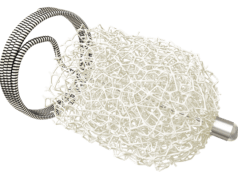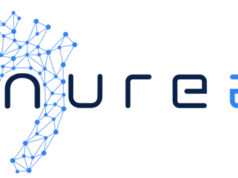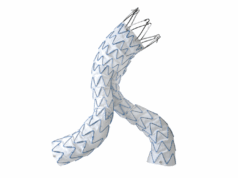Endologix has announced that, after evaluating a variety of strategic options, it has initiated a voluntary Chapter 11 case and simultaneously filed a consensual plan of reorganisation supported by Deerfield Partners as its largest creditor.
According to a press release, the company believes these actions provide the best path to address financial challenges resulting from COVID-19 and the related delays in elective medical procedures and to realise the full benefits of operational enhancements made over the past two years. Under the terms of the plan, Endologix will become a private company.
“We are excited to begin a new chapter for our organisation now characterised by financial stability. Although COVID-19 has presented a delay in many abdominal aortic aneurysm [AAA] procedures that, in turn, has negatively impacted our revenue, we remain confident we have taken the right steps to ensure we are consistently providing valued support to customers and the patients we serve with the highest quality products and the most talented and committed employees in the industry,” said John Onopchenko, chief executive officer of Endologix.
He continued: “The path we are now taking to strengthen our balance sheet and transition to private ownership will allow us to accelerate our progress with our strong patient-first business focus, an enduring spirit of innovation, and an unrelenting commitment to advancing our life-saving products supported by industry-leading evidence.”
Under the terms of the proposed plan of financial reorganisation, Endologix will eliminate approximately US$180 million of debt from its balance sheet on a net basis, including approximately US$130 million of debt currently held by Deerfield that will convert to equity in the reorganised company.
The company also expects to gain access to US$110.8 million of new financing through this process, including US$30.8 million in debtor-in-possession (DIP) financing from Deerfield, an additional US$30 million in exit financing from Deerfield, and US$50 million in rolled over debt from the company’s current first lien debt.













